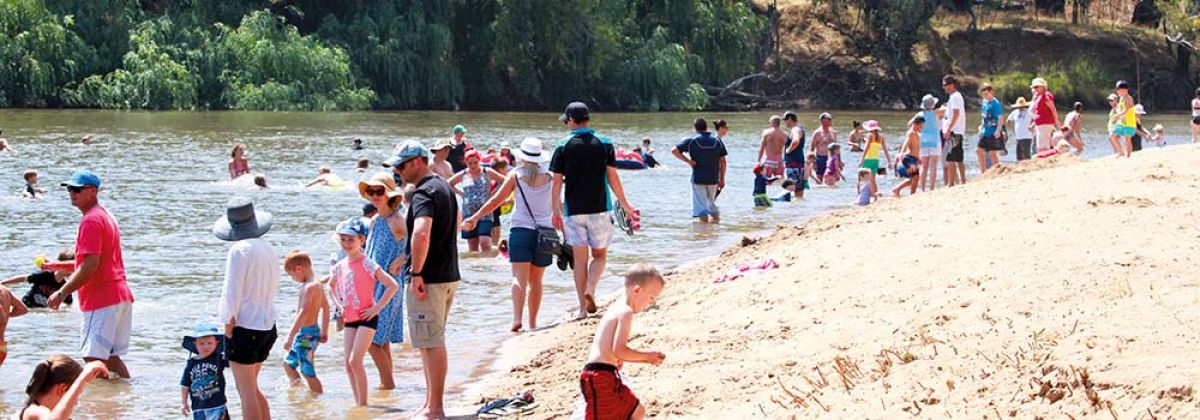Rivers are the leading location for drowning in Australia. You can’t see ice cold water, snags like tree branches or strong currents but they can be lethal.
When enjoying inland waterways it’s important to be aware of the risks and stay safe. Whether you’re swimming, boating, or even just relaxing on the bank, there are many hidden dangers that you may not be aware of.
It’s simple, respect the river.
Never Swim Alone
It is important to take care when walking on slippery or uneven surfaces around or in water. Conditions should be checked before entering the water slowly, feet first. Avoid submerged obstacles, such as tree branches and rocks.
Avoid Alcohol around water
Alcohol often contributes to drownings. It impairs judgement, encourages greater risk taking behavior, reduces coordination, impairs reaction time and reduces the effectiveness of CPR, should someone require it. On average, approximately 25% of adult drownings deaths each year involve alcohol, with 44% of these occurring near rivers, creeks and streams. A further 9% of these occur in lakes, dams and lagoons.
Wear a lifejacket
Watercraft related drownings can occur if people do not wear lifejackets, consume alcohol and fall overboard, are not prepared for changing weather conditions, collisions occur or their vessels are not seaworthy. On average, 51 people a year drown while using watercraft. After oceans and harbours, rivers, creeks and streams are the second most common location for watercraft related drownings to occur with an average of 11 drownings per year.
Learning lifesaving skills
Gain the knowledge and skills to administer first aid until medical help arrives. Anyone at any time may need to give urgent assistance and a Royal Life Saving First Aid and / or Resuscitation Course will equip you with the necessary skills.

Additional advice to swim safe in our river and inland waterways
- Always enter the water slowly, feet first, never dive in.
- Never swim in fast flowing water. Check the speed first by throwing in a twig to see how fast it travels.
- Never swim alone.
- Swim safe. Swim sober. Do not swim under the influence of alcohol/drugs.
- Riverbeds may be uneven, unstable or slippery, so take care.
- Be sure of your own swimming ability.
- Beware of any submerged objects such as trees, branches, rocks and discarded rubbish.
- Look for eddies and swirling water, this may indicate rocks or snags just below the surface.
- Always wear a PFD when in a water craft.
- Remember the river can change hourly. What was safe in the morning may not be safe in the afternoon.
What to do if you are caught in a river current
- Stay calm, float on your back, feet first to protect your head from impact with any object
- Try to remain as horizontal as possible to assist with buoyancy
- Use any available buoyant object to assist with floatation
- Breathe in a regular and controlled manner and try to remain as still as possible to conserve energy and reduce heat loss
- Do not struggle against the current, go with the flow, eventually it will push you towards the bank
- If you must swim, use slow, relaxed strokes
- Remember even if you are exhausted, you can float for a long time, so stay calm
Wagga Wagga City Council Inland Water Safety Management Plan
Wagga Wagga City Council, through the development of the Inland Water Safety Management Plan, can make an important contribution to water safety by implementing a range of initiatives related to the waterway reserves under Council’s management. Wagga Wagga City Council can also assist in facilitating a cohesive approach to water safety across the Local Government Area by supporting and reinforcing the initiatives of the professional organisations that operate in that space including Royal Life Saving Australia and State Emergency Services.
